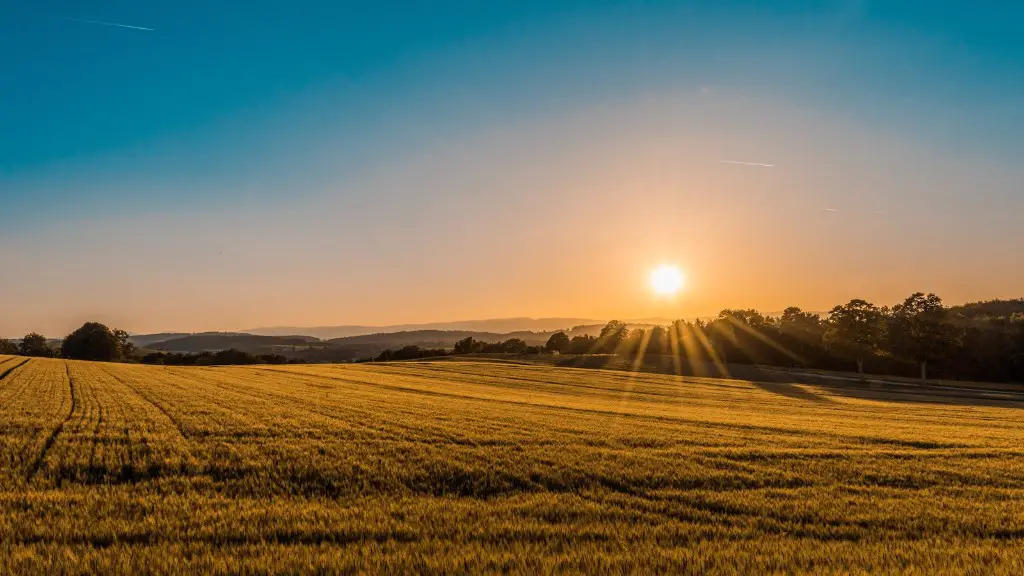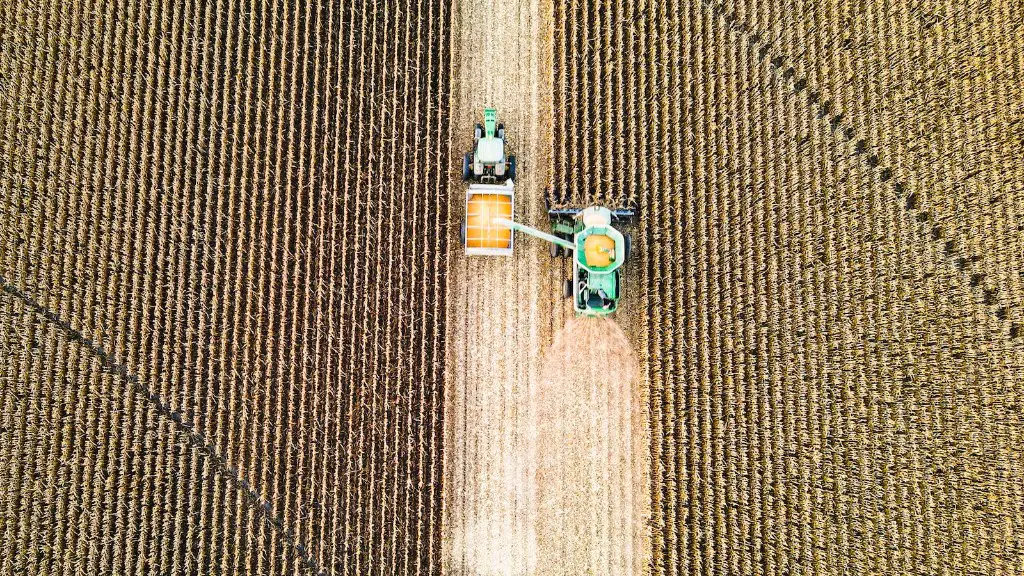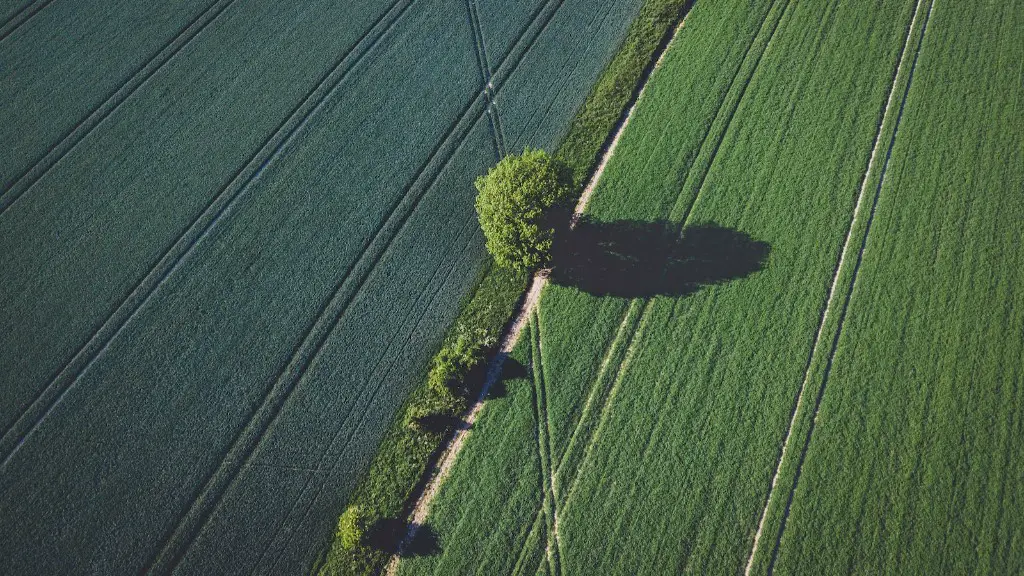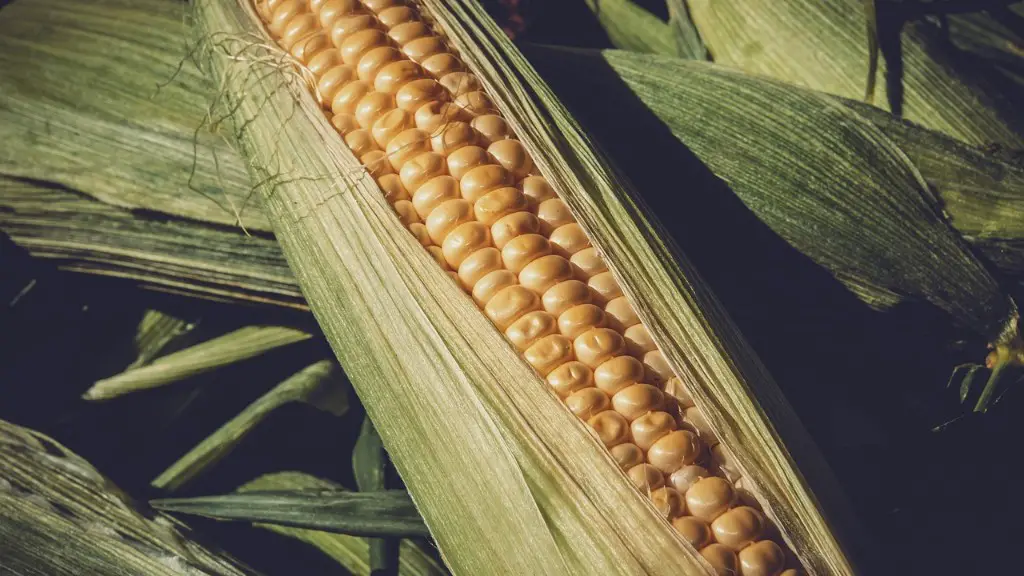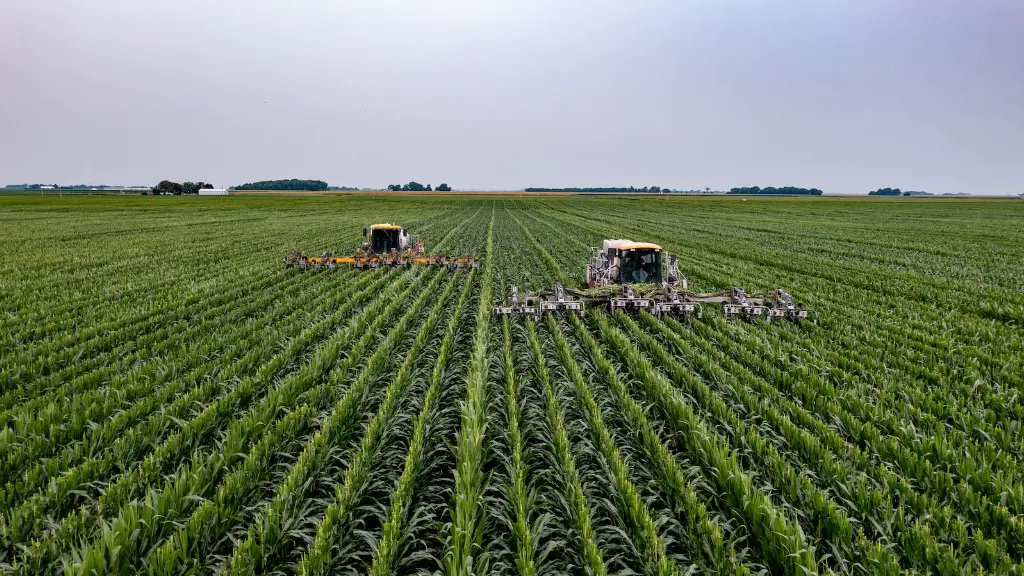Agricultural practices are arguably one of the world’s most ancient lifestyles, with evidence of domestication of plants and animals beginning as early as the Neolithic period. While archaeologists have determined the earliest cultivation of wild grains may occur as far back as 8000BC – 10,000BC, the beginning of organised farming is much more difficult to pinpoint. Thus, when did the ‘agricultural revolution’ truly begin?
It is widely accepted that food production first appears during the Neolithic period, with domesticated plants and animals. Humans, who previously survived solely through hunting and gathering, began supplementing their diet with the wild plants and animals they had previously observed and likely manipulated through methods such as burning, sowing and replanting. This process is referred to as incipient agriculture, when farmers realised the benefits of these activities by cultivating plants and animals for greater success in growing crops for food.
During the early Neolithic period, largely hunter-gatherer societies developed what became known as ‘near or immediate’ agriculture. This system enabled longer periods of settlement and the emergence of more sophisticated crop management systems. As growing populations and the development of cultivations for specific climates and regions, ‘hybrid’ agriculture was formed and permanent agricultural villages were created. How and why did this transition occur?
The transformation from a largely nomadic, hunter-gatherer lifestyle to one involving a semi-permanent agricultural settlement is believed to have occurred when environmental constraints caused by drought, over-exploitation of resources and climate change caused a shift in what resources were available to these societies. In order to satisfy their needs, around 12,000-10,000 years ago those living in the Fertile Crescent began to rely more on plants and livestock that are already domesticated and farmed, rather than continue to hunt and gather wild grains.
The development of semi-permanent settlements enabled humans to increase food production at a much faster rate and in a much more reliable manner. Domesticated animals, such as goats, pigs, sheep and cows, also proved to be invaluable to these early societies, providing diets high in proteins, fats and vitamins along with important fibres for clothing, bone for tools and fuels for fires.
The most notable contribution to the agricultural revolution began when these societies recognised the benefits of genetic manipulation, thus allowing for the selective breeding of plants and animals according to traits which were advantageous for food production. This is when ‘domesticated’ agriculture became the norm.
Over time, more sophisticated systems of agriculture were developed and specialist tools and machines to help tend the land and crops were created, helping to reduce the labour required to produce a good harvest. Eventually, this allowed humans to settle in one place and form recognisable means of food production.
The Impact of Domestication
The domestication of animals and plants allowed humans to gain access to new sources of protein and other important nutrients, vitamins and minerals that had previously been unavailable to them. This dramatically increased the overall health and wellbeing of the population due to an increase in the availability of essential nutrients. Additionally, the presence of larger populations in villages and towns helped to create a sense of community that had previously been unavailable to hunter-gatherer societies.
Domestication not only allowed for larger populations, but also provided a degree of economic security for those living in agricultural settlements. With a source of food regularly available, communities were able to begin engaging in various forms of trade which had previously been unavailable or rare in hunter-gatherer societies. This allowed for the specialisation of roles in communities, leading to a greater understanding and appreciation of their environment and the benefits of teamwork in sustaining a common goal.
The introduction of domesticated species also allowed humans to better control the land they worked with and the output they received from it. For instance, planting only specific varieties of grain would allow for a more consistent yield, making it easier to plan for future harvests. The increased output gained from domestication also allowed for more food to be available and fewer risks taken in the event of a poor harvest due to climate change or other natural environmental disturbances.
Similarly, the domestication of animals allowed a farmer to more effectively control the quantity, quality and location of meat and other vital materials. Through selective breeding, animals such as cows, pigs and sheep could provide a secure supply of specific types of produce, meaning farmers were able to more easily adapt to changes in the climate or market demand.
Finally, the domestication of animals also helped increase the efficiency of farming operations by allowing for smoother fertilization and maintenance of agricultural land. This gave farmers a greater degree of control over the success of their harvests, allowing them to better plan and strategise for future harvests.
The Spread of Agriculture
As the domestication of plants and animals spread throughout the world, the advantages that it offered to those who adopted this lifestyle soon caused it to become the leading method of food production for many cultures. The food surpluses enabled by domesticated farming permitted permanent settlement, which also led to a marked shift in the social structure of communities, including the emergence of a class of farmers.
The domestication of plants and animals also enabled explorers to bring crops and animals to areas previously untapped by farming. By doing so, explorers and settlers were able to establish productive agricultural practices and trade goods with the local populations. Eventually, these crops and animals spread across the globe, allowing many civilizations to benefit from the improved yield and stability that agriculture provided.
Agricultural practices also enabled more sophisticated methods of food production and distribution, unlocking vast potential in the field of food security. With improved access to wild plants and animals, farmers were able to share a more efficient and nutritious diet, allowing them to better provide for their families and neighbours. The widespread and widespread variety of food that is now available to us is partially attributed to the spread of agricultural practices around the world.
The spread of agriculture also had a significant effect on the political dynamics of many cultures. Increasing numbers of permanent settlements created an environment where large numbers of people are able to live together, increasing resource sharing and creating the necessary environment for the development of complex political and economic systems. This allowed farmers and other settlers to amass great wealth and power, and helped shape many of the governments and cultures we enjoy today.
Agricultural Technology
As the domestication of plants and animals spread around the world, powerful arguments began to be made for the advancement of agricultural technology. Automation and mechanization of agricultural processes opened the doors to many new possibilities and advancements, including more efficient harvesting and processing of crops and livestock, as well as the creation of more efficient irrigation, transport and storage technology.
These advancements offered many benefits, including reducing the amount of physical labour required to maintain and harvest crops, releasing workers to pursue higher level activities and greatly increasing the amount of surplus that can be produced. Additionally, with increased food production and improved storage technology, food surpluses could be achieved and stockpiled for future shortages.
The agricultural technologies developed over the past century have helped to ensure that the global population is well-fed, and have revolutionized the way in which we feed the world. Advances in irrigation, the use of efficient machines to tend the land and process crops, and the introduction of genetically modified crops has enabled us to better manage resources and conserve energy. In doing so, we are able to provide greater access to food, creating a more stable and equitable food supply for the population.
As new advances in technology are developed, we are continuing to increase the efficiency and effectiveness of our agricultural practices. Through the use of innovative tools, automated processes and the use of advanced data, we are able to more accurately measure and monitor crops, animals and soil quality, allowing us to maximize yield and reduce the environmental impacts of agriculture.
Modern Farming Practices
Modern agricultural practices are highly specialized and rely heavily on technology and data analysis to achieve increased yields and efficiency. With the emergence of precision agriculture, more efficient machinery and more sophisticated research methods, farmers are now able to monitor conditions more accurately and reduce environmental impacts while producing higher yields. This has allowed farmers to more confidently plan and manage their crops, creating a more stable and reliable food supply.
Similarly, modern agricultural technologies such as genetic engineering and crop modification have enabled us to create plants and animals that are more resistant to disease, pests and extreme weather conditions. This has helped to ensure a more reliable food supply, increased yields and improved quality of nutrition for the global population. Additionally, new technologies such as hydroponics and aquaponics have allowed us to grow food in an even more efficient, sustainable manner.
Finally, modern agricultural practices are making use of improved chemical fertilizers and pesticides in order to increase the productivity of their crops. These practices, while controversial, have been shown to increase yield while reducing the environmental impact of farming, making it easier and more cost effective to provide a reliable food supply.
Conclusion
Agricultural practices have long been an important source of food for the global population, providing much needed sustenance and stability in those civilizations that adopted them. The development of these practices has allowed us to provide greater access to an increasingly diverse and reliable food supply, while making use of modern technologies to reduce the environmental impact of production. As these practices continue to develop, we are likely to see further advances in this field, allowing us to feed the global population more sustainably and efficiently than ever before.
